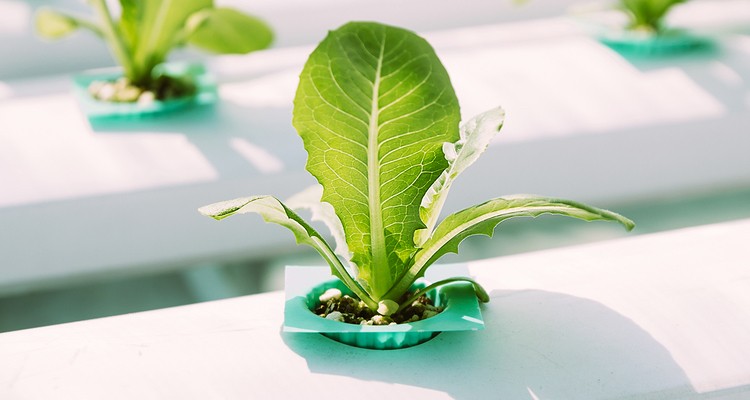Aquaponic farming has been around for thousands of years, but it’s only in the last several decades that we have seen a rise in homegrown systems. Here’s everything you need to know to start an aquaponic farm of your very own.
The Difference Between Aquaponic, Hydroponic, and Aquaculture Farming Methods
Hydroponics is the process of growing plants in mineral rich waters. Aquaculture is the process of raising aquatic animals such as snails, fish, or prawns. Aquaponic farming combines the two methods, raising aquatic animals that produce the mineral rich waters necessary for plants to grow. This creates a symbiotic environment in which the animals feed the plants, and the plants provide clean water for the animals.
The Benefits of Aquaponic Farming
Aquaponic farming is a highly sustainable method of growing your own herbs and vegetables. It uses 90% less water than traditional farming methods and only a third of the energy. It is 15% more productive with space, and because there is no need for fertilizers or chemicals, it is inherently organic. Not to mention, the method can be used in almost any sized space, and can even be done indoors when used with heating lamps. Because aquaponic farming uses recycled water, it can be an economically viable method of farming in areas with arid climates, poor soil quality, or contaminated water. It can even be used year round in places where weather might be too cold or too warm to grow produce using more traditional methods.
How an Aquaponic Farm Works
Aquatic animals are raised in large tanks. Overtime, those tanks become clouded with excrement, uneaten fish food, and other animal wastes that contain high concentrations of nutrients and minerals. In order to extract these nutrients from the water (and keep the aquaculture tanks clean), waste is pumped from the tank into a flood tank where it is diluted with more water. The flood tank is then emptied into a grow bed where plants take advantage of the mineral rich waters, as they simultaneously help filter the water. Bacteria is cultured in the water to break down ammonia and turn it into nitrites and then nitrates. This water is aerated and then returned to the fish tank providing clean clear water to support the growth of the animals and start the process all over again.
What You Need to Start Your Own Aquaponic Farm
To get started, you’ll need the following:
- Aquaponic fish tank: If you’re a beginner, the larger the tank the better. This way if problems arise down the road you’ll be able to catch them sooner. Any tanks above 250 gallons should be just fine.
- Aquaponic grow bed: A lot of homegrown systems use what are called “media beds.” These are essentially hydroponic growing beds that include built-in aquaponic functionality.
- Pumps, Pipes, & Tanks (optional): Many media beds will come with all you need to setup your aquaponic system. If, however, you decide to build your own system from scratch you may need to also purchase the necessary pumps, pipes, or tanks to set it all up.
How to Start Your Own Aquaponic Farm
Once your aquaponic farm is setup, you’ll need to start your system using a method known as “fishless cycling.” This involves developing a bacteria base before fish are added to the tanks. You’ll need to measure the levels of ammonia and nitrites (both should be below 0.75ppm) and make sure there is enough oxygen in the fish tank before you add the fish to it. Plants can be added to the beds immediately, though they may take awhile to grow for the first few weeks of cycling. If you’d like to speed things up a bit, you can add liquid seaweed to the beds to help them grow more quickly. One quart per 250 gallons of water will do the trick. Make sure your beds are lined with food-grade material such as BTL liners. All BTL liners are food-grade, fish and plant safe, potable water liners that can be custom cut to any size or specification for aquaponic farm use. Contact BTL for more information on liners for aquaponic use.



